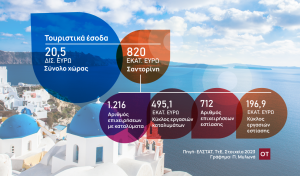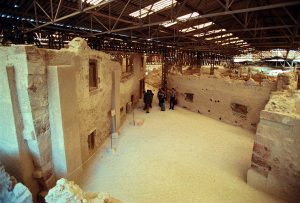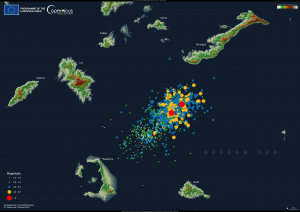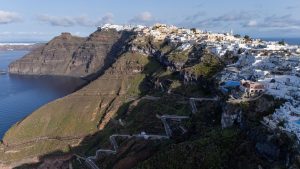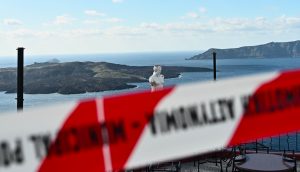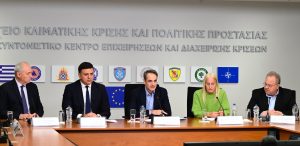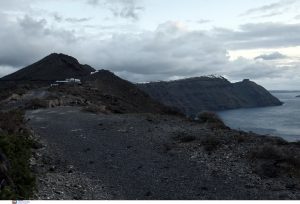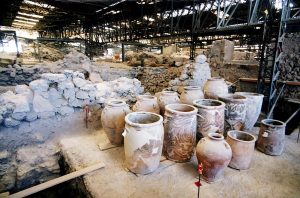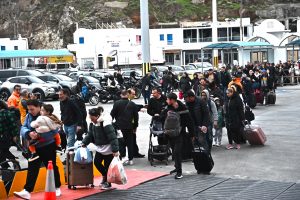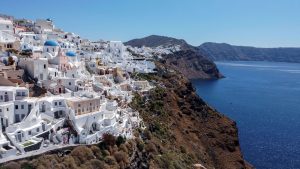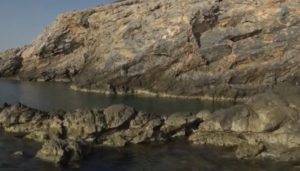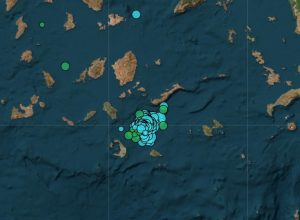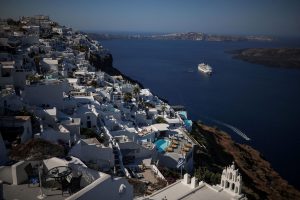Latest News
-
How Harvard Ended Up Leading the University Fight Against Trump
-
Two Dead, Five Injured in Fiery Collision on Greece’s A2 Motorway
-
Holy Wednesday Forecast: Warm Breezes and Looming Clouds
-
The World Is Taking Urgent Steps to Prepare for Trade War Downturn
-
Greek €200M 10Y Bond to be Issued on April 16
-
Dutch Football Giants Feyenoord FC Sign 19-Year-Old Greek Striker
-
Authorities Warn Greek Users of Ongoing Viber Phone Scam
-
Greece on High Alert to Safeguard Electricity Supply Over Easter
-
Hospitality Worker Killed by Collapsing Bed in Santorini
-
UNESCO Honors Greek Language with Global Day, PM Calls It a Diplomatic Win
-
China Halts Boeing Orders Amid Escalating U.S. Trade War
-
Toll Station Collision in Northern-Western Greece Leaves 2 Dead
-
Greece and Vietnam Strengthen Agricultural Ties
-
Ferry Tickets to Greek Islands Sold Out for Easter, Despite Sky-High Prices
-
Trump Pulls $2B in Funding from Harvard Over DEI Policy
-
German Ambassador to Greece Talks Ukraine, Rise of Far Right & Tariffs at Delphi Economic Forum X (video)
-
Israel Offers Ceasefire, Hamas Demands End to Blockade
-
The Mediterranean Diet: Greece’s Untapped National Asset
-
“Europe must unite or risk being left behind: it’s now or never.” An Interview with Guy Verhofstadt
-
One Step Forward and Two Giant Leaps Back for Womankind
-
Athens: 78-Year-Old Woman Found Dead, Husband Arrested
-
Floods Affected Over 400,000 People in Europe in 2024
-
Greece’s Prime Minister Mitsotakis and President Tasoulas Hold First Monthly Briefing
-
Athens to Return Confiscated License Plates Ahead of Easter Holiday
-
Creamy Tomato and Herb Focaccia
